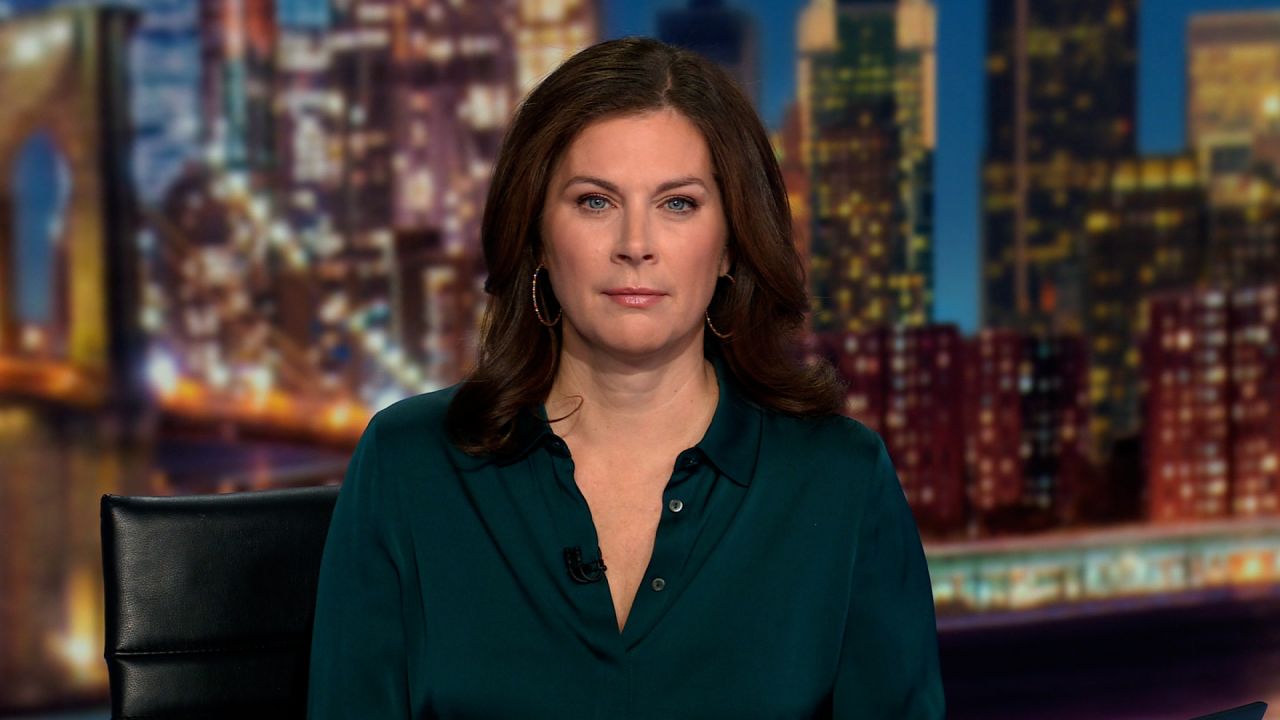Understanding Post-Liberalism: A Growing Right-Wing Influence

The rise of right-wing “post-liberalism” is becoming a focal point of debate, particularly in light of controversies surrounding figures like Nick Fuentes. This movement, associated with various nationalists, populists, and thinkers, challenges the established liberal consensus of the post-Cold War era. Critics and supporters alike are grappling with the implications of this ideology, which has emerged in response to perceived failures of liberalism amid significant cultural and technological changes.
Post-liberalism can be categorized into two main tendencies. The first is a critique of the prevailing liberal consensus, often termed “neoliberalism.” This perspective seeks either a right- or left-leaning alternative that remains within the broader liberal tradition. The second tendency represents a more profound rejection of the entire liberal framework, drawing inspiration from both historical religious critiques and contemporary Marxist ideas. These ideological strands are not merely academic; they reflect a collective response to the ongoing crises facing liberalism.
Defining Post-Liberalism’s Landscape
The term “post-liberalism” has gained traction as a descriptor of various movements that reject traditional liberal ideals. Thinkers associated with this ideology, such as Patrick Deneen, Sohrab Ahmari, and Adrian Vermeule, often oscillate between positions reminiscent of 19th-century reactionaries and late-20th-century neoconservatives. This blend of influences complicates the definition of post-liberalism, as it encompasses a broad spectrum of ideologies from both the socialist left, represented by figures like Zohran Mamdani and Hasan Piker, to the Christian nationalist right.
Political post-liberalism does not originate from established theories but rather emerges from populist movements, notably the Brexit referendum and Donald Trump‘s unexpected victory in 2016. These events signaled a shift in the political landscape, with many intellectuals failing to anticipate their significance. Since then, post-liberalism has manifested in various, often unstable forms.
Recent manifestations include the cultural dynamics of the “peak woke” phenomenon between 2020 and 2022, which was characterized by its academic roots and resistance to categorization. Another notable example is the second Trump administration, which exhibited specific post-liberal traits, including a focus on protectionism and personal conduct that deviated from traditional conservative norms. Additionally, managerial approaches that aim to contain populism through illiberal measures, such as censorship in the UK, illustrate the varied responses to this ideological shift.
Challenges in Defining Post-Liberalism
The complexity of post-liberalism lies in its lack of a clear ideological foundation. None of the contemporary movements fully embody a defined worldview linked to a specific set of thinkers. Instead, they are reactive, shaped by public discontent and elite anxieties, often retrofitted with theoretical justifications after the fact. This fluidity complicates discussions about the ideology’s implications and potential trajectories.
As debates surrounding post-liberalism continue to evolve, understanding its multifaceted nature becomes crucial. The discourse reflects broader societal tensions and shifts, challenging traditional political alignments and prompting a reevaluation of what it means to engage with the concepts of liberalism and its alternatives. The influence of figures like Nick Fuentes serves as a reminder of the urgency with which these discussions must be approached, as they engage with the core tenets of contemporary political thought.
In conclusion, the rise of post-liberalism marks a significant moment in political discourse, with implications that extend beyond individual figures or movements. Understanding its nuances will be essential for navigating the complex landscape of modern politics.






